Welcome to our website! This section introduces the students, faculty, and staff who participated in the transformative journey to Penikese Island. Reflecting the themes of personhood and “other-than-human persons” explored in the Animate Landscapes course, we also present Penikese Island as an animate entity, inviting you to consider its unique presence and agency within this shared experience.
“Animate Landscapes”: The Penikese Island Experience Fall 2024
From October 19th to October 22nd, eight undergraduate students, accompanied by their professor, two teaching assistants/fellows, and two faculty members from the Gull Island Institute, embarked on an enlightening and transformative experience on the remote Penikese Island off the coast of Cape Cod, Massachusetts. During this time, they engaged in an immersive study that seamlessly integrated the core principles of both the Gull Island Institute and the “Animate Landscapes” course at Wesleyan University.

“Animate Landscapes”:
Spirits and Sovereignty in Indigenous Religions
Animate Landscapes: Spirits and Sovereignty in Indigenous Religions
RELI 306: Animate Landscapes: Spirits and Sovereignty in Indigenous Religions is a course taught by Professor Justine Buck Quijada at Wesleyan University. Below you will find the description of the course.
People all over the world have understood land and landscapes as alive and filled with agency, and environmentalists are increasingly interested in these cosmologies as a way to address climate change. The goal of this class is to introduce students to alternative ways of understanding the relationship between humans and the land they live on. Over the semester we read indigenous writings and learn about ritual practices that explore relationships with mountains, rivers, and other “other-than-human persons” in order to explore what animism actually is. We began the semester by tracing the history of the term “animism” in order to understand the historical context of Victorian anthropology that defined animism as a primitive form of human religion. After this, we read Native American theorists, including Vine Deloria, Jr., Robin Kimmerer and Leanne Betamosake Simpson on indigenous relationships to land and sacred space, in preparation for an embodied field experience on Penikese Island with the Gull Island Institute over Fall Break. After the trip, we turned our attention to shamanic rituals in Buryatia and Mongolia, drawing on the instructor’s fieldwork experience. Assignments included journaling about readings, nature journaling, an individual final paper and the collective creation of this website.
The History of Penikese Island
Penikese Island is a 75-acre island located off the coast of Massachusetts, in Buzzards Bay. Surrounded by the crystal-clear blue waters of the Atlantic Ocean, the island is home to an abundant and distinctive bird population, as well as a profound sense of solitude, making it an ideal setting for contemplation, reflection, and communion with nature. The island’s history is equally unique, its past inseparable from the atmosphere that pervades it today. In early 1873, the renowned Swiss-American naturalist Louis Agassiz sought to establish a school on the island that would embody an educational philosophy deeply spiritual and inherently connected to the natural world. However, the school was short-lived, fading into obscurity following Agassiz’s death just months after its founding.
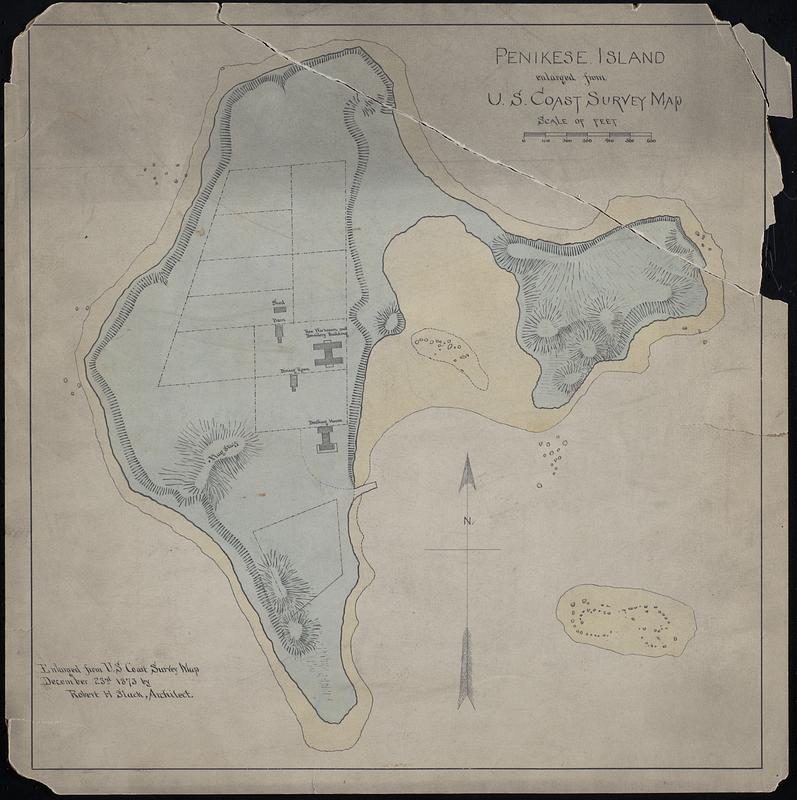
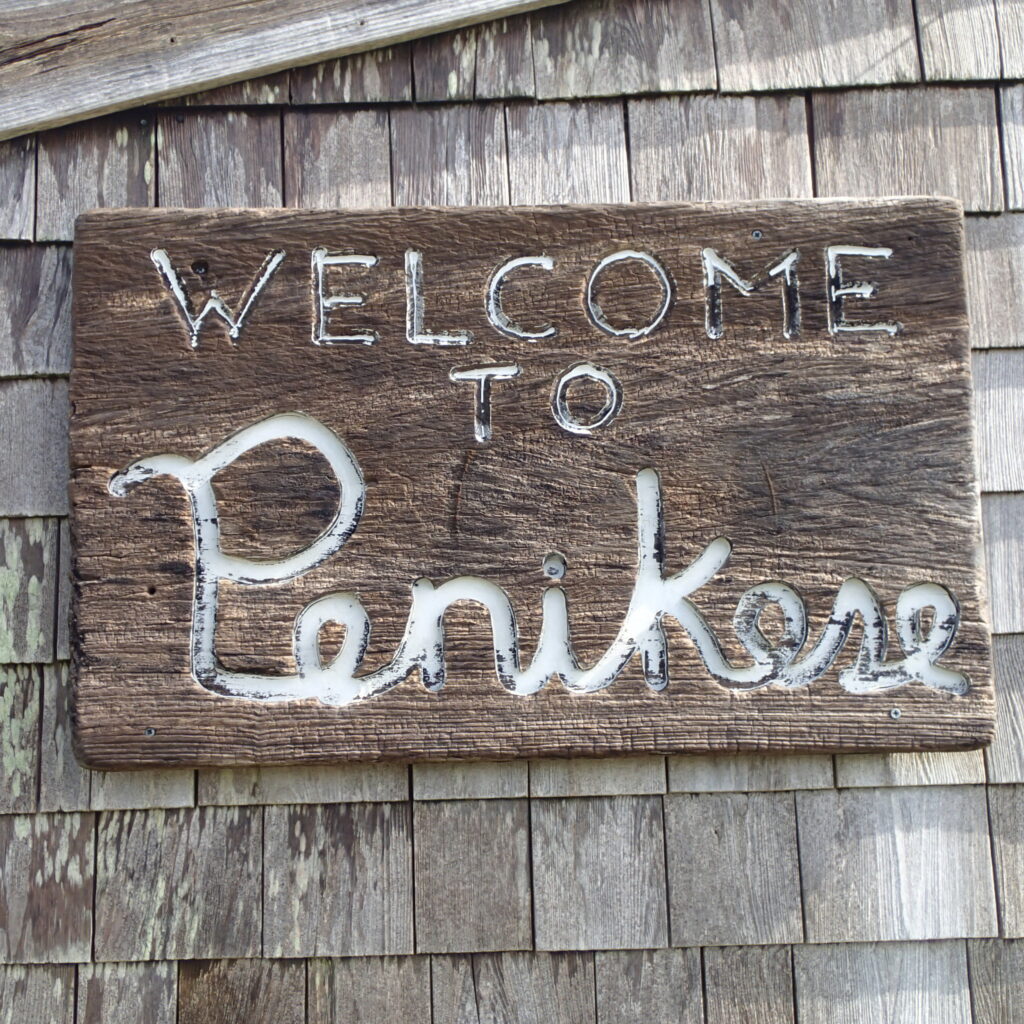
After years of abandonment, the state of Massachusetts purchased the island in the late 19th century and repurposed it as a leprosy hospital, where patients with the disease were isolated and treated. The hospital operated for sixteen years before closing, leaving the island vacant once more. In 1973, the Penikese Island School was established as a private rehabilitation facility for troubled teenage boys, continuing the island’s legacy of alternative educational models. Although the rehabilitation center has since closed, the Penikese Island School endures as a center for place-based environmental education. The Gull Island Institute is one of the institutions currently partnered with the Penikese Island School, carrying forward the island’s long and rich tradition of exploring innovative and alternative forms of knowledge and experience.
Penikese Island School. 565 Woods Hole Road, Woods Hole, MA 02543.
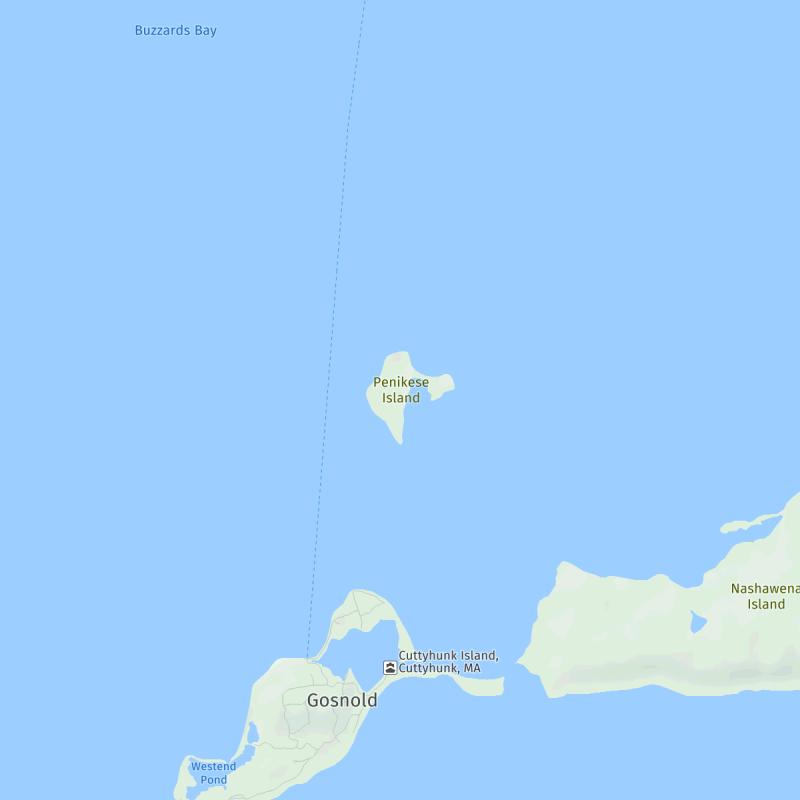
Where is Penikese Island located?
Penikese Island is one of the Elizabeth Islands off the coast of Massachusetts and Rhode Island. It is located near the west end of the Elizabeth Island chain.
The History of Penikese Island
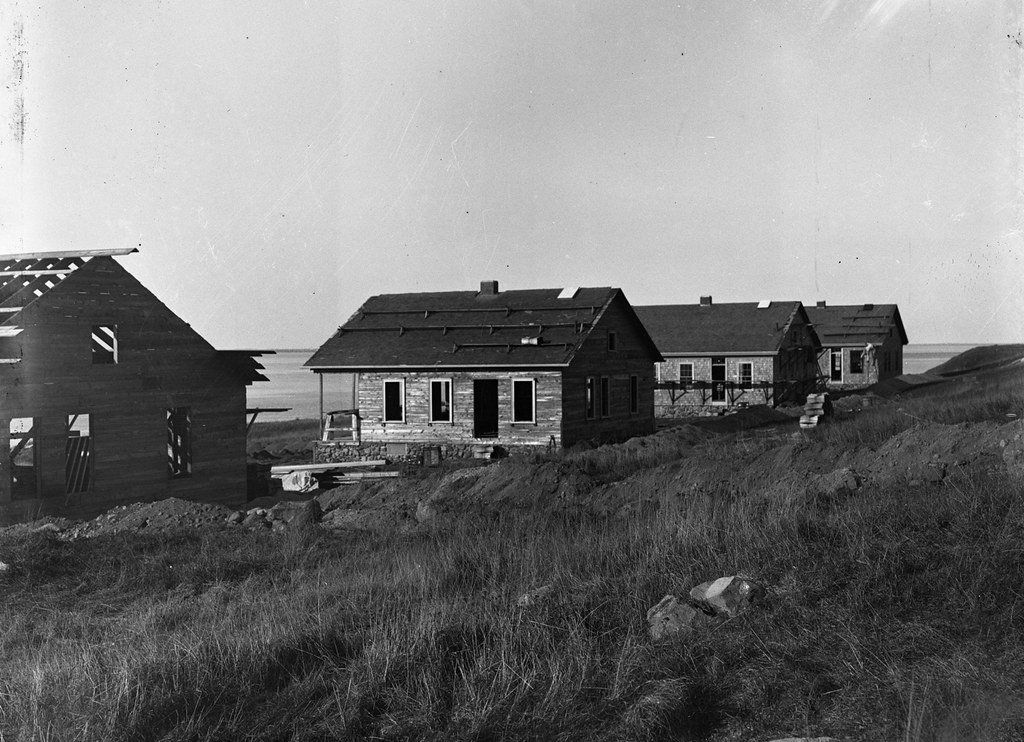
“History of Penikese” – Penikese Island leper cottages, 1905
Image Source
New Bedford Whaling Museum. “History of Penikese” – Penikese Island leper cottages, 1905. https://www.flickr.com/photos/nbwm/48647626738.
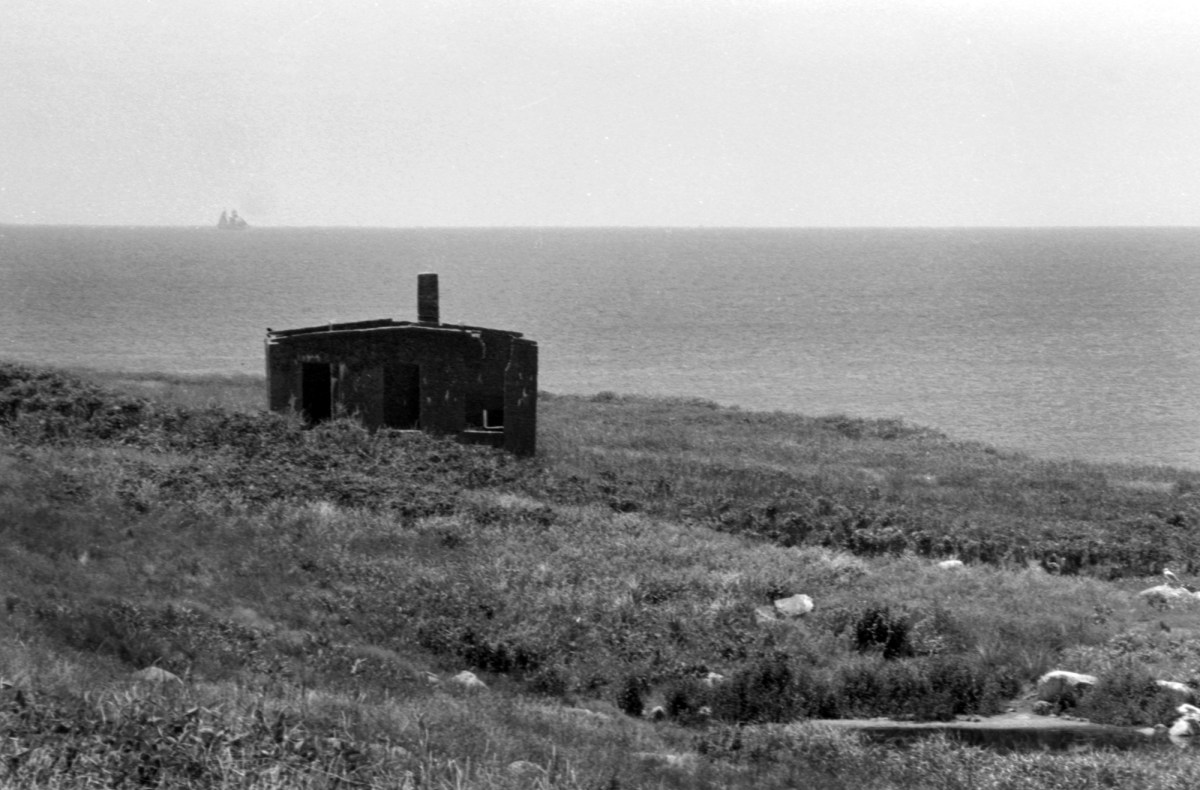
November 18, 1905 The First Leprosy Patients Arrive on Penikese Island
Image Source
Mass Moments Annual report, 1915. The First Leprosy Patients Arrive on Penikese Island. https://www.massmoments.org/moment-details/first-lepers-arrive-on-penikese-island.html
Who is Louis Agassiz?
Louis Agassiz, a Swiss-born American biologist, geologist, and natural philosopher, is widely regarded as one of the foremost scholars of Earth’s natural history in the 19th century. Agassiz founded the first school on Penikese Island, a legacy that continues to resonate on the island today.
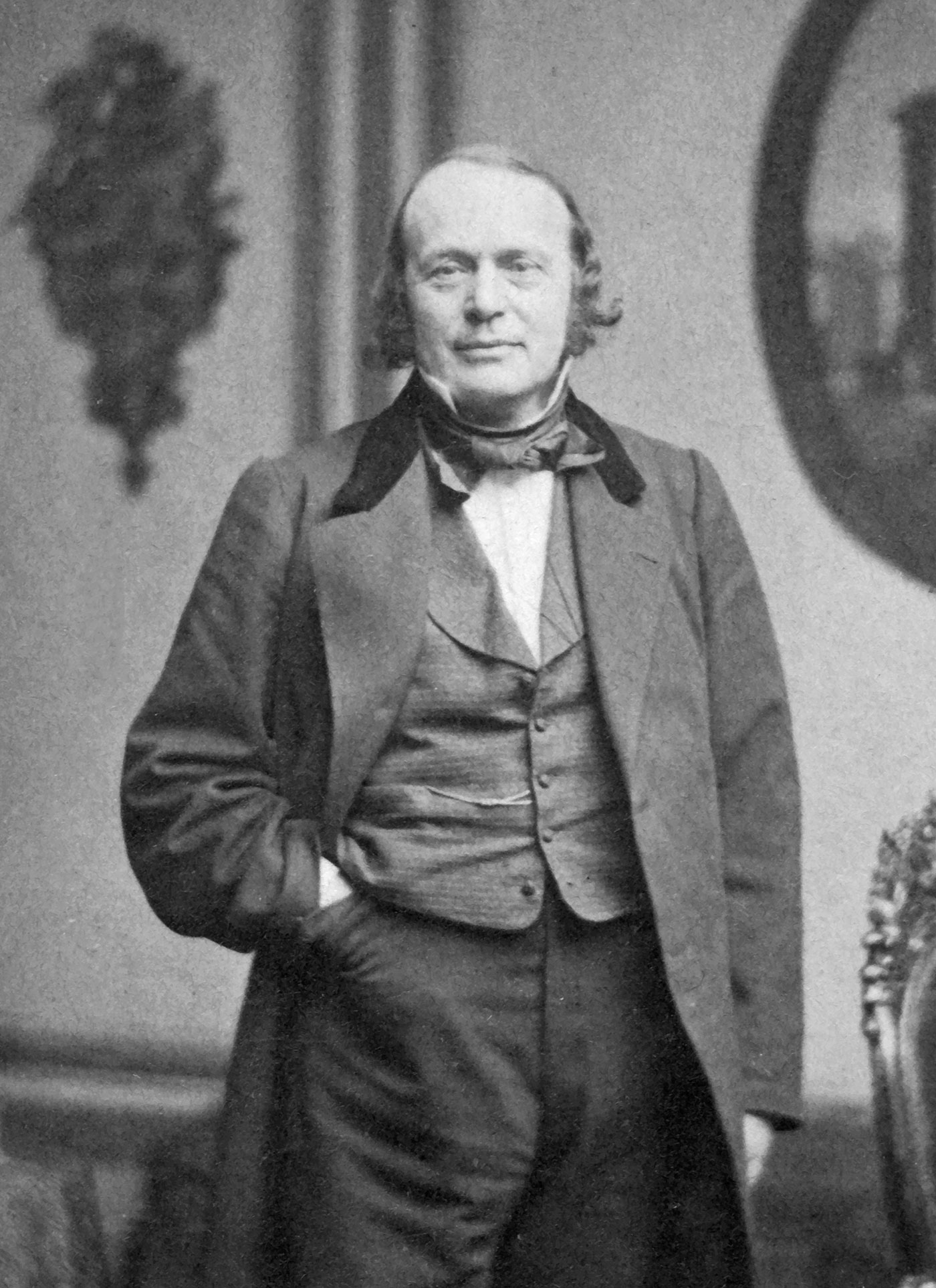
Faculty & Staff
Professor Justine Buck Quijada
Professor of “Animate Landscapes” Course, Wesleyan University Department of Religion
Justine Buck Quijada is Associate Professor in the Department of Religion. Her research is on shamanism in Buryatia, and neo-shamanism in the US and Germany. She teaches classes on animate landscapes because she got tired of seeing environmentalists misuse the term ‘animism’ and she worries about climate change.
Dr. Ana Isabel Keilson
Co-Founder and Co-Executive Director, The Gull Island Institute
Ana Isabel Keilson is co-Founder and co-Executive Director of the Gull Island Institute. She has held appointments at Columbia/Barnard, SciencesPo (Paris), Harvard and Deep Springs, and is a modern intellectual historian by training.
Dr. Justin Reynolds
Co-Founder and Co-Executive Director, The Gull Island Institute
Justin Reynolds is co-founder and co-Executive Director of the Gull Island Institute, whose mission is to cultivate democratic citizenship for a changing climate. An historian of modern religious, environmental, and political thought, he received his PhD from Columbia University and has taught at Harvard, Columbia, and Deep Springs College.
“Animate Landscapes” Students
Ava Feliz-Sutter
Ava Feliz-Sutter is an undergraduate student at Wesleyan University, where she is pursuing a B.A. in Romance Studies (Spanish & French) with a minor in Religion and a certificate in Social, Cultural, and Critical Theory. Her primary academic interests lie in Latin American literature, with a particular focus on the literary genre of magical realism and its deep connections to Indigenous Mesoamerican cosmology, as well as the philosophy of language and linguistics. Ava’s decision to enroll in the “Animate Landscapes” course stems from a desire to broaden her understanding of Indigenous cosmologies, languages, and practices beyond the Mesoamerican context. She aims to explore the interconnections that reveal the unseen, transcendental threads binding the cosmos together.
Al Shterenberg
Al Shterenberg is a junior at Wesleyan University. He is a Studio Art major and Russian and Eastern European Studies minor. The decision to join the Animate Landscapes class was strongly motivated by credit requirements, but has quickly become one of his favorite courses. The trip to Penikese Island was a completely unique educational experience, blooming a new interest in the study of animacy.
Beatrix Briggs
Beatrix Briggs is a senior undergraduate majoring in Religion, Medieval Studies, and French at Wesleyan University. Her interests are shaped by a desire to understand the embodied experiences of people in different times and places. She was excited to take Animate Landscapes because of its exploration of many possible ways of relating to land and community, and because of a particular interest in Mongolian nomadic ways of living.
Brooks Olson
Brooks is a third year music major at Wesleyan University. He is interested in theories and methods of consciousness expansion, viewing music as a medium to explore this field. He chose to take this course and partake in this experience out of curiosity surrounding alternatives to Western relations to spirituality.
Emerson Jenisch
Emerson Jenisch is a senior studying music at Wesleyan with focuses in experimental composition and musicology. Her work draws from methods of acoustic ecology, or the study of humans and their environment through sound. Her interest in taking Animate Landscapes arose from a curiosity about the intersections of ritual, sound, and the natural world.
Miles Miller
Miles Miller is a Senior Undergraduate Student at Wesleyan University. His majors/focuses of study include The Wesleyan College of Education Studies and the Religion Department. His Penikese Island experience was fostered by the intersections of both Education, Religious/Social frameworks and ideas of place.
Maddie Soltis
Maddie Soltis is in her final year of undergraduate studies at Wesleyan University, focusing on Biology and Animal Studies. Synthesizing her interests in ecology, conservation, and marine biology, Maddie explores questions about the relationship between Western empirical science and its application to the land and the environment. Her desire to take this course stems from her interest in thinking more deeply about the places we inhabit, the types of scientific work we do, and how our work relates us to places and spaces in time.
Preston Crawford
Preston Crawford is a senior undergraduate majoring in Philosophy with a minor in Russian, Eastern-European, and Eurasian Studies. He was drawn to Animate Landscapes by the prospect of analyzing the common threads among indigenous religions and developing a nuanced understanding of humanity’s progression towards agnosticism.
Natalie Piergrossi
Natalie is a freshman at Wesleyan University. While enjoying the freedom of a liberal arts education, she is considering a major in the Arts and Humanities. Natalie chose to take the Animate Landscapes course based on a curiosity regarding the relationship between human religion and the land that they inhabit. Unfamiliar with the concept of animacy as a whole, she was excited to learn about a new perspective in order to enrich her own.
Teaching Assistants & Fellows
Norman Slate, Teaching Assistant, Wesleyan University
Norman Slate is an senior Religion major and CODES minor at Wesleyan University. He joined us on Penikese Island as the current teaching assistant for the “Animate Landscapes” course.
Rowena Wilson-Olivo, Teaching Fellow, The Gull Island Institute
Rowena Wilson-Olivo is the Program Coordinator and Teaching Fellow at the Gull Island Institute. As TF, she supports students as they navigate labor responsibilities and develop a collective self-governance framework. Prior to working for Gull, she was a student in the 2023 Junemester program and received her B.A. from Harvard in Social Studies.